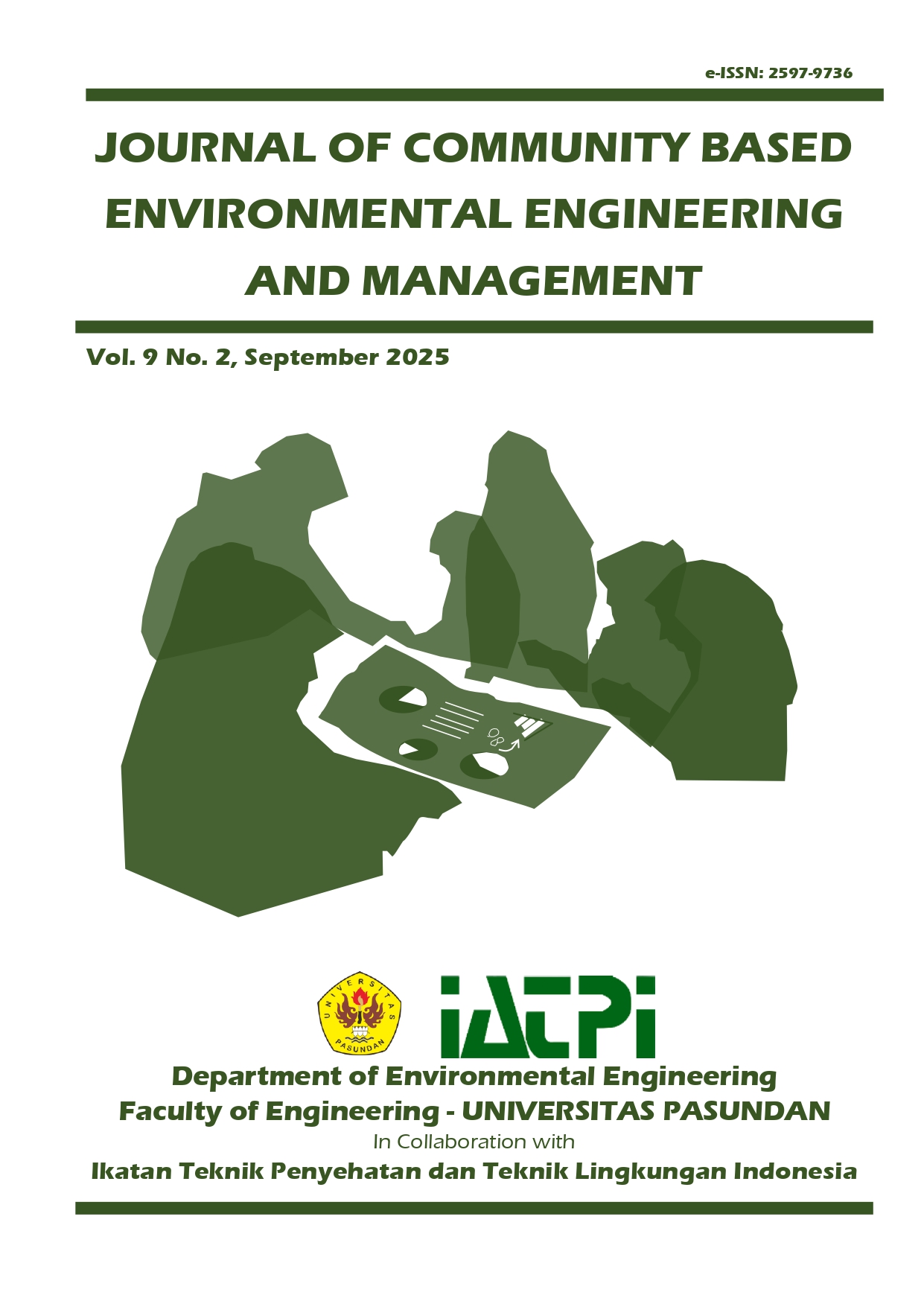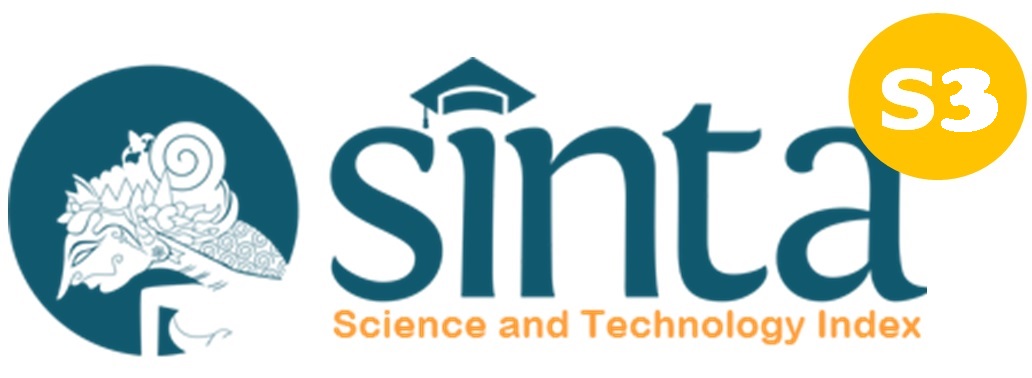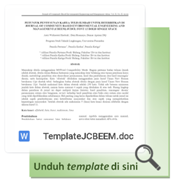PM2.5 and Heavy Metal Concentrations in Ambient Air of a Steel Industrial Zone: Influence of Meteorological Factors in Cilegon, Indonesia
DOI:
https://doi.org/10.23969/jcbeem.v9i2.29461Keywords:
air pollution, Cilegon, heavy metals, PM2.5, steel industryAbstract
This study was to examine the concentrations of PM2.5 and associated heavy metals (Fe, Pb, Zn, and Cd) in the ambient air of a steel industrial zone in Cilegon, Indonesia. Cilegon is recognized as a major industrial hub; however, comprehensive assessments of PM2.5 pollution in such heavy industry contexts remain limited. Air samples were collected from four strategic locations surrounding PT Krakatau Steel using a Sequential PM Sampler, and meteorological data were simultaneously recorded. Gravimetric analysis was applied to determine PM2.5 mass, while heavy metals were quantified via Inductively Coupled Plasma–Atomic Emission Spectroscopy (ICP-AES). The results of the study indicate that the concentrations of PM2.5 and related heavy metals (Fe, Pb, Zn, and Cd) in the ambient air of steel industry areas often exceed the WHO guideline (25 µg/m³) and, in some instances, approached or surpassed the Indonesian national standard (65 µg/m³), with higher values typically observed during periods of active industrial operations. Among the metals analyzed, iron (Fe) was dominant, indicating a strong link to steel processing activities. Spearman's correlation revealed a statistically significant positive relationship between ambient temperature and PM2.5 concentrations, while no significant correlation was found for relative humidity. These findings highlight the health risks associated with prolonged exposure to fine particulate matter and toxic metals, underscoring the urgent need for targeted air quality management and worker protection strategies in industrial zones. The study contributes local-scale evidence for environmental governance and public health policy in rapidly industrializing regions.
Downloads
References
Dinas Lingkungan Hidup, Pertambangan, dan Energi Kota Cilegon. (2009). Laporan status lingkungan hidup Kota Cilegon 2009. Pemerintah Kota Cilegon.
Ermawati, R., Setiawati, I., Irwinanita, & Ariani, A. (2022). Physicochemical properties of particulate matter (PM2.5) from the steel industry in Indonesia. IOP Conference Series: Earth and Environmental Science, 951, 012032. https://doi.org/10.1088/1755315/951/1/012032
Fuzzi, S., Baltensperger, U., Carslaw, K., Decesari, S., Denier van der Gon, H., Facchini, M. C., Fowler, D., Koren, I., Langford, B., Lohmann, U., Nemitz, E., Pandis, S., Riipinen, I., Rudich, Y., Schaap, M., Slowik, J. G., Spracklen, D. V., Vignati, E., Wild, M., Williams, M., and Gilardoni, S. (2015). Particulate matter, air quality and climate: lessons learned and future needs. Atmos. Chem. Phys., 15, 8217–8299, https://doi.org/10.5194/acp-15-8217-2015.
Guttikunda, S. K., & Jawahar, P. (2018). Evaluation of particulate pollution and health impacts from planned expansion of coal-fired thermal power plants in India using WRF-CAMx modeling system. Aerosol and Air Quality Research, 18(12), 3187–3201. https://doi.org/10.4209/aaqr.2018.04.0134
Hu, Y., Cheng, H., & Tao, S. (2016). The challenges and solutions for cadmium-contaminated rice in China: A critical review. Environment International, 92–93, 515–532. https://doi.org/10.1016/j.envint.2016.04.042
Jia, J., Cheng, S., Yao, S., Xu, T., Zhang, T., Ma, Y., Wang, H., & Duan, W. (2018). Emission Characteristics and Chemical Components of Size-Segregated Particulate Matter in The Iron and Steel Industry. Atmospheric Environment, 182, 115-127. https://doi.org/10.1016/j.atmosenv.2018.03.051
Lelieveld, J., Evans, J. S., Fnais, M., Giannadaki, D., & Pozzer, A. (2015). The contribution of outdoor air pollution sources to premature mortality on a global scale. Nature, 525(7569), 367–371. https://doi.org/10.1038/nature15371
Li, X., Zhang, Q., Zhang, Y., Zheng, B., Wang, K., Chen, Y., Wallington, T.J., Han, W., Shen, W., Zhang, X., & Kebin, H. (2015). Source contribution of urban PM2.5 in the Beijing-Tanjin-Hebei region: Changes between 2006 and 2013 and relative impacts of emissions and meteorology. Atmospheric Environment, 123, 229-239. http://dx.doi.org/10.1016/j.atmosenv.2015.10.048
Manisalidis, I., Stavropoulou, E., Stavropoulos, A., & Bezirtzoglou, E. (2020). Environmental and health impacts of air pollution: A review. Frontiers in Public Health, 8, 14. https://doi.org/10.3389/fpubh.2020.00014
Pope, C. A., & Dockery, D. W. (2006). Health effects of fine particulate air pollution: Lines that connect. Journal of the Air & Waste Management Association, 56(6), 709–742. https://doi.org/10.1080/10473289.2006.10464485
Rahman, M. & Meng, L. (2024). Examining the Spatial and Temporal Variation of PM2.5 and Its Linkage with Meteorological Condition in Dhaka, Bangladesh. Atmosphere, 15(12), 1426 https://doi.org/10.3390/atmos15121426
Republik Indonesia. (1999). RI Government Regulation No.41: Pengendalian Pencemaran Udara. Jakarta
Ruhiat, Y., Syafrizal, Hidayat, S., Indrayono, Y., & Akbar, H. (2017). Estimated Contaminated Area of Air Pollutant from Industrial in Cilegon. Research Journal of Environmental Sciences, 11(3): 108-115. https://doi.org/10.3923/rjes.2017.108.115
Setiawati, I., Ermawati, R., Kang, K., Chang, I., Hong, K., Ervina, Ariani, A., Fauzi, I., Syah, I. L., Sefriana, F., & Sari, Y. K. (2019). A preliminary result of air quality identification and analysis of PM10 and PM2.5 in steel industrial area, Cilegon, Banten. Jurnal Riset Teknologi Pencegahan Pencemaran Industri, 10(1), 22–28. https://doi.org/10.21771/jrtppi.2019.v10.no1.p22-28
Standar Nasional Indonesia (SNI) 7119.15:2016. (2016). Udara Ambien – Bagian 15: Cara Uji Partikel dengan Ukuran ≤ 10 μm (PM10) Menggunakan Peralatan High Volume Air Sampler (HVAS) dengan Metode Gravimetri. Jakarta:Badan Standardisasi Nasional
Sylvestre, A., Mizzi, A., Mathiot, S., Masson, F., Jaffrezo, J.L., Dron, J., Mesbah, B., Wortham, H., & Marchand, N. (2017). Comprehensive chemical characterization of industrial PM2.5 from steel industry activities. Atmospheric Environment, 152, 180-190. https://doi.org/10.1016/j.atmosenv.2016.12.032
Tai, A. P. K., Mickley, L. J., & Jacob, D. J. (2010). Correlations between fine particulate matter (PM₂.₅) and meteorological variables in the United States: Implications for the sensitivity of PM₂.₅ to climate change. Atmospheric Environment, 44(32), 3976–3984. https://doi.org/10.1016/j.atmosenv.2010.06.060
Wang, K., Tian, H., Hua, S., Zhu, C., Gao, J., Xue, Y., Hao, J., Wang, Y., & Zhou, J. 2016. A Comprehensive Emission Inventory of Multiple Air Pollutant from Iron and Steel Industry in China: Temporal Trends and Spatial Variation Characteristics. Science of the Total Environment, 559, 7-14. https://doi.org/10.1016/j.scitotenv.2016.03.125
World Health Organization. (2021). WHO global air quality guidelines: Particulate matter (PM2.5 and PM10), ozone, nitrogen dioxide, sulfur dioxide and carbon monoxide. World Health Organization
Zhang, Q., Zheng, Y., Tong, D., Shao, M., Wang, S., Zhang, Y., Xu, X., Wang, J., He, H., Liu, W., & Hao, J. (2021). Drivers of improved PM₂.₅ air quality in China from 2013 to 2017. Proceedings of the National Academy of Sciences, 116(49), 24463–24469. https://doi.org/10.1073/pnas.1907956116
Zhang, R., Wang, G., Guo, S., Zamora, M. L., Ying, Q., Lin, Y., Wang, W., Hu, M., & Wang, Y. (2015). Formation of urban fine particulate matter. Chemical Reviews, 115(10), 3803–3855. https://doi.org/10.1021/acs.chemrev.5b00067
Zhu, T., Liu, X., Wang, X., & He, H. (2023). Technical Development and Prospect for Collaborative Reduction of Pollution and Carbon Emission from Iron and Steel Industry in China. Engineering, 31, 37-49. https://doi.org/10.1016/j.eng.2023.02.014














